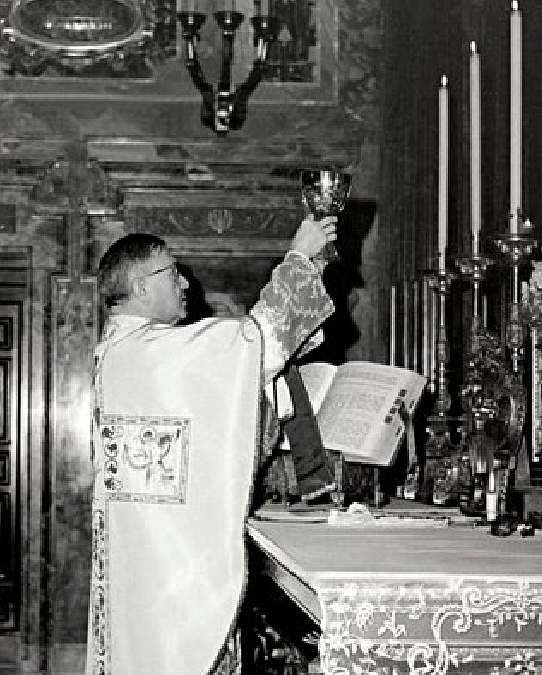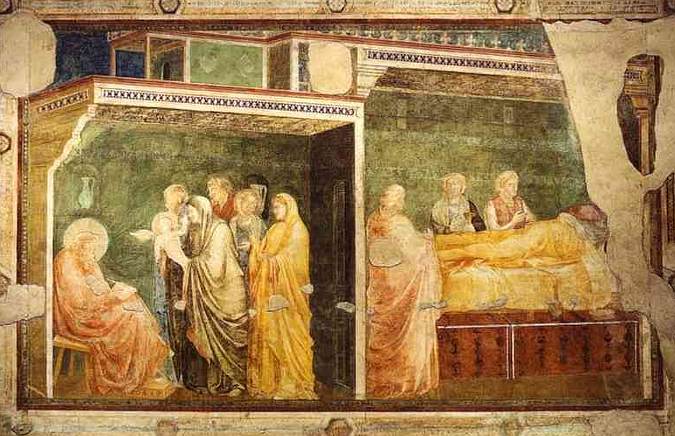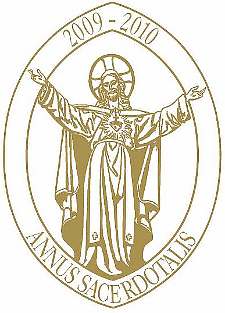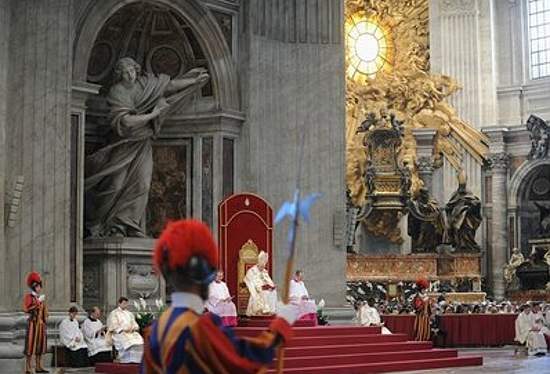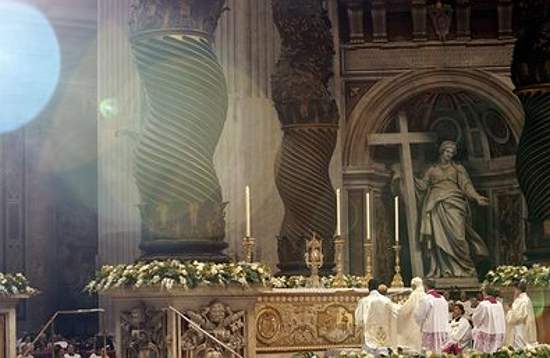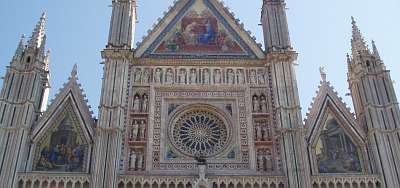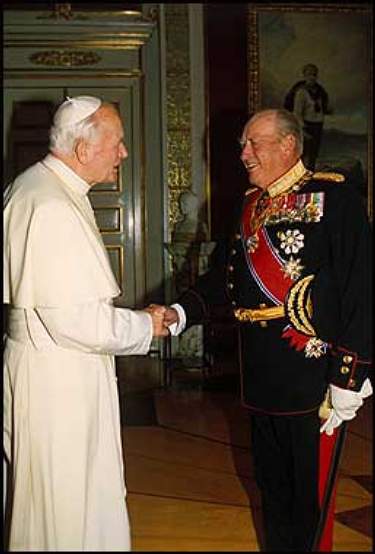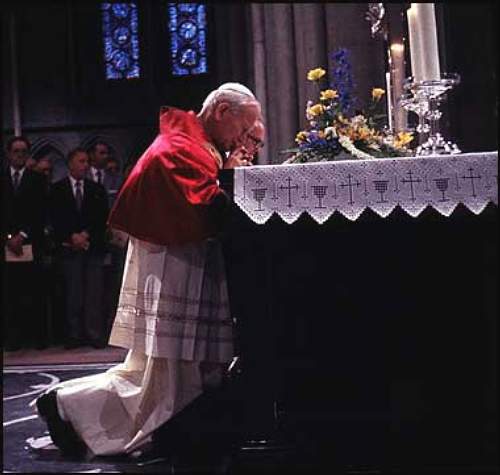Petition Vaticanum2 – hele konsilet må godtas!
For et par dager siden ble jeg gjort oppmerksom på en underskriftsaksjon i Tyskland, Østerrike og Sveits, som i vinter/vår samla inn ca 55 000 underskrifter. De krevde at Kirken fullt ut måtte akseptere det annet Vatikankonsil, uttrykte (mer eller mindre tydelig) at pave Benedikt ønsker å gå tilbake til tida før konsilet, og krever visse handlinger fra Troskongregasjonen. Les mer HER om Petition «Für die uneingeschränkte Anerkennung der Beschlüsse des II. Vatikanischen Konzils»
En sveitsisk biskop, Kurt Koch i Basel, ser ikke med så blide øyne på dette og lignende initiativer, og skriver:
Many people have signed a petition for the unqualified acceptance of the council. Right from the start, the expression «unqualified acceptance» irritates me because I don’t know anyone—myself included—to whom it would apply. A few arbitrarily chosen examples will suffice:
– The council did not abolish Latin in the liturgy. On the contrary, it emphasized that in the Roman Rite, apart from exceptional cases, the use of the Latin language must be maintained. Who among the vocal defenders of the council wishes «unqualified acceptance» of that?
– The council declared that the Church regards Gregorian Chant as the «music proper to the Roman Rite», and that it must therefore «be given primary place.» In how many parishes is this implemented «without qualification?» … …
– The council described the fundamental nature of the liturgy as the celebration the pascal mystery and the eucharistic sacrifice as «the completion of the work of our salvation.» How can that be reconciled with my experience, made in many different parishes, that the sacrificial understanding of the Mass has been completely eliminated from the liturgical language and the Mass is now understood only as a meal or «the breaking of bread?» In what way can one justify this profound change by reference to the council? … …
It would not be difficult to lengthen this litany. Even so, it should be obvious why I demand more honesty in the current debate about the council. Instead of accusing others, and even the Pope, of wishing to go back to before the council, everyone would be well advised to look over their own books and reassess their own personal position on the council. Because not everything that was said and done after the council, was therefore done in accordance with the council—and that applies also to the diocese of Basel. In any case, the last few weeks have illustrated to me that a primary problem in the current situation has been a very poor, and in part very one-sided understanding and acceptance of the council, even by Catholics that defend the council «without qualification.» In this regard we all—once more including myself—have a lot of ground to make up.

